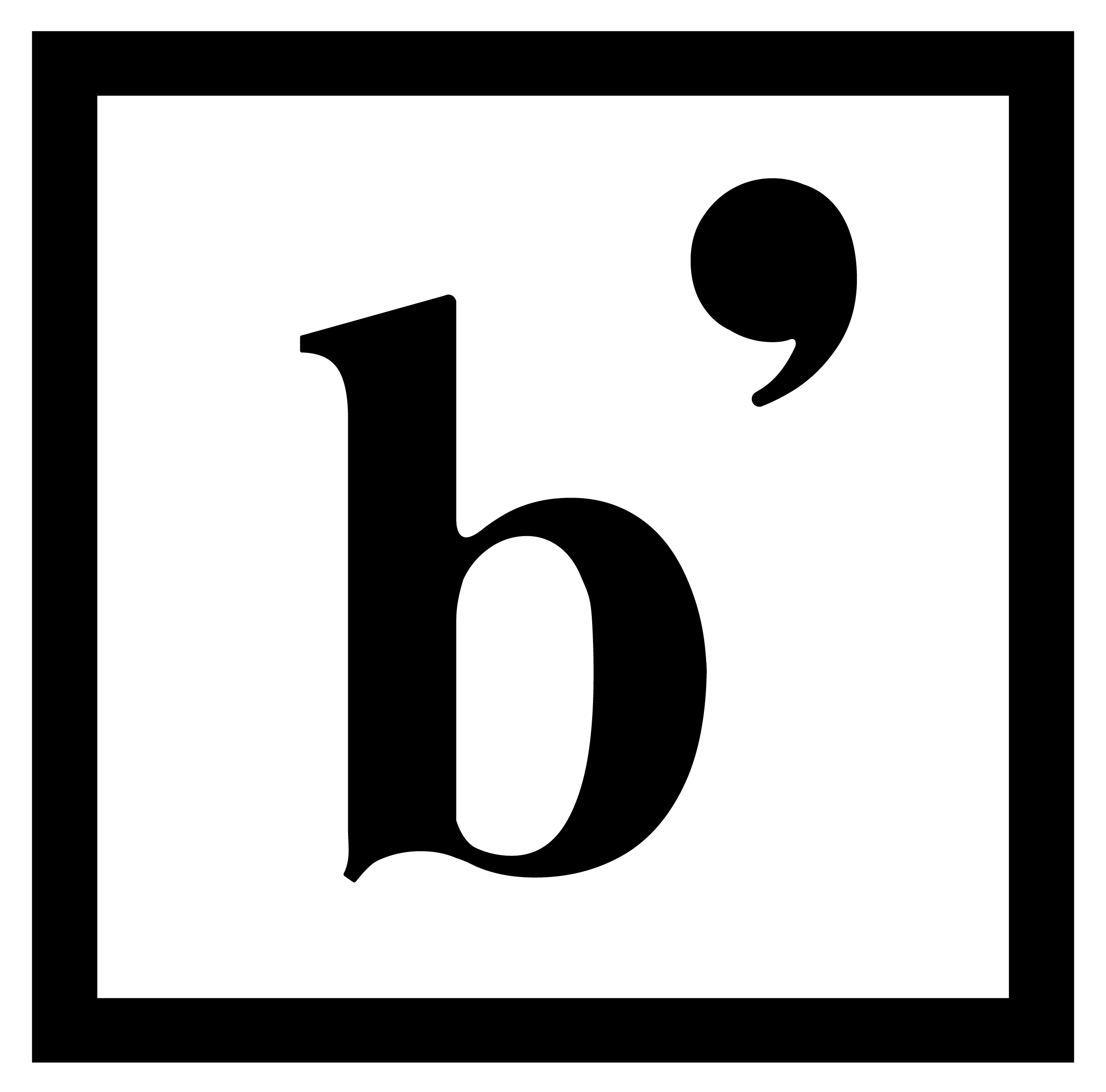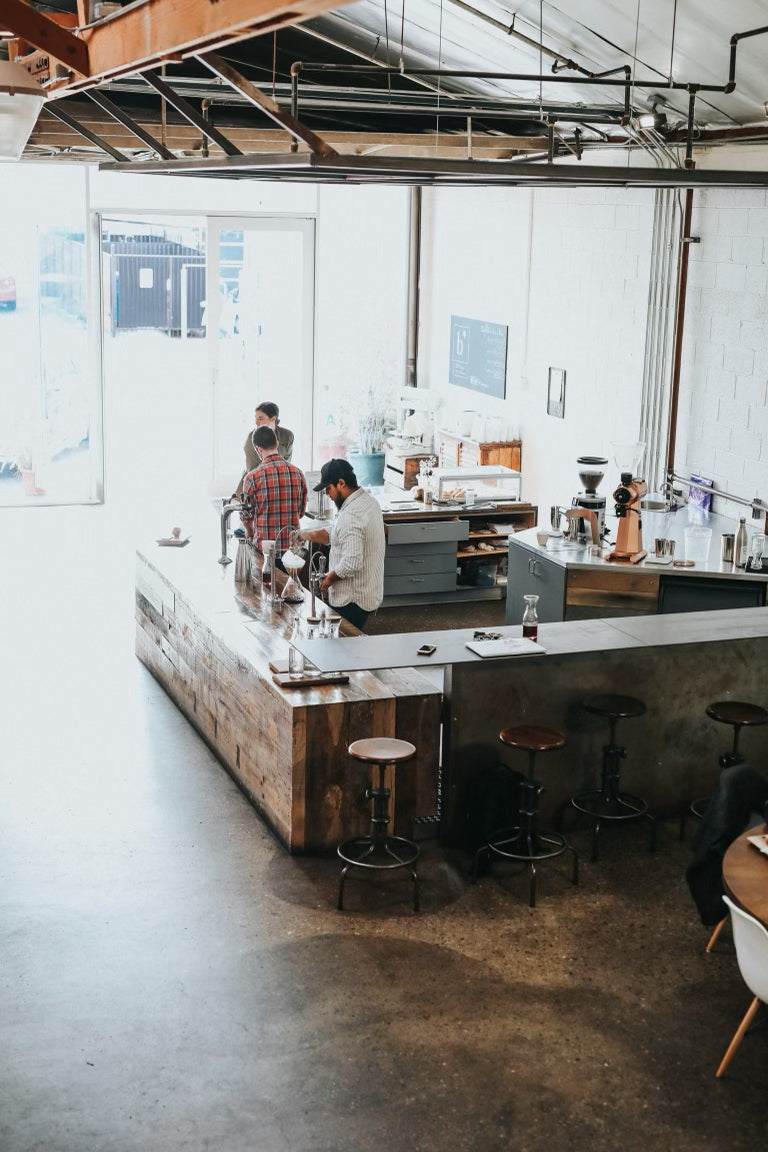Thoughts on Pressure Profiling
by Zayde Naquib
Today through Saturday we will be at the US Coffee Championships, hanging out at the Modbar booth talking pressure profiling. Because of this, I wanted to post some thoughts we had on the subject. At Bar Nine, there is no such thing as good enough and every day marks a new challenge to yesterday’s thoughts and ideas. Pushing forward is what drives us. Because of this, we love having the tools at our fingertips to explore pressure profiling.
There is a lot of stigma associated with pressure profiling and understandably so. It is not a common practice for coffee bars to manipulate pressure during extraction, and therefore there is little real world experience that comes with it. We have been profiling for the past year and a half, which feels like enough time to address our thoughts on the subject. (for reference, we use Modbar as our espresso machine and the EK43 as our grinder for all espresso at our location)
When we first started playing with profiling, we tried just about everything we could think of. From lever style extractions to V curves to Max Pressure shots to bizarre things in between. We weren’t necessarily improving the coffee we were serving, we were just making it different. After about 2 months, we started learning one absolute truth, which is that there aren’t any. Every coffee, and therefore every profile curve, is different. From bean density in green coffee to solubility and degree of roast; not to mention any of the countless differentiators in the growing conditions, varieties, origin characteristics, etc; coffee is nothing if not inconsistent. What profiling offers us is an ability to work with these ever-changing variables, and craft an extraction right for that coffee.
Given the tools at my disposal, I get to take a unique approach for dial-ins. Instead of just thinking about how to best extract a tasty shot (balance between sweetness, acidity, and body), I get to take it a step further, adjusting pressure to extract the flavors unique to this coffee. My goal is to accurately reflect how this coffee tastes in the cupping bowl. Say for a high density coffee, I might push extraction and pressure a little harder early on, then taper off slowly, trying to maximize acidity then really develop sugars. Or, for a little lower density coffee, I might ramp slowly up to max pressure and hang there, piquing at max pressure a little later but increasing perceived sweetness. If I want to push flavor over body, I might go with lower pressures and temperatures, taking a Yirgacheffe that might taste over-extracted at a 9 bar shot, dramatically decreasing pressure to yield more fruit and floral characteristics. If I want to round the taste out, I might increase my pre-infusion time. If I want to slow an extraction down and don’t want to adjust the grind, increasing pressure or temperature, or decreasing my pre-infusion time, will help me with that.
This is a small window into dialing in with profiling, and at Bar Nine, we are by no means experts, however we are excited at the thought of improving every day. The real summary here is that, if you have more tools and variables to present something wonderful, you should explore them, as any good scientist would do when working to prove a theory. It is true that you don’t need pressure profiling to serve delicious espresso, but given the option and with a little understanding, you can take your extraction to a new level.

